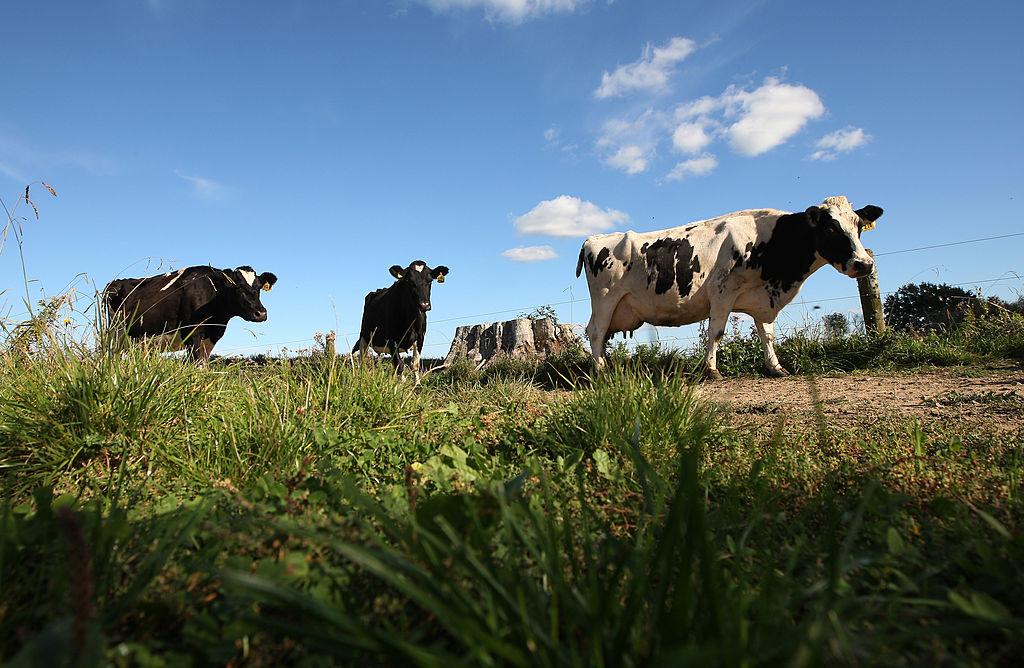With foot and mouth disease spreading across Indonesia, vigilance against the disease has increased in New Zealand, which the government has called a “doomsday” biosecurity risk for the country’s farming sector.
“While not a threat to humans, it would devastate our national herd. Essentially, all animals that are of cloven hoof are at risk,” Prime Minister Jacinda Ardern told reporters on July 25, adding that it could put 100,000 jobs at risk.





